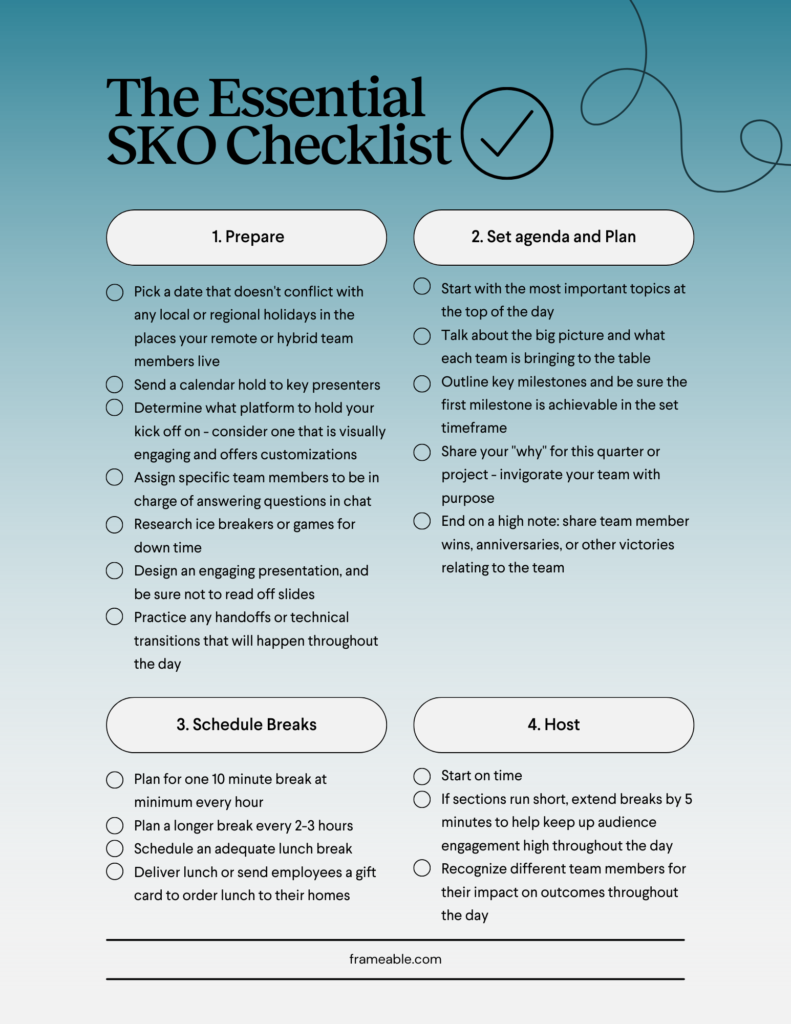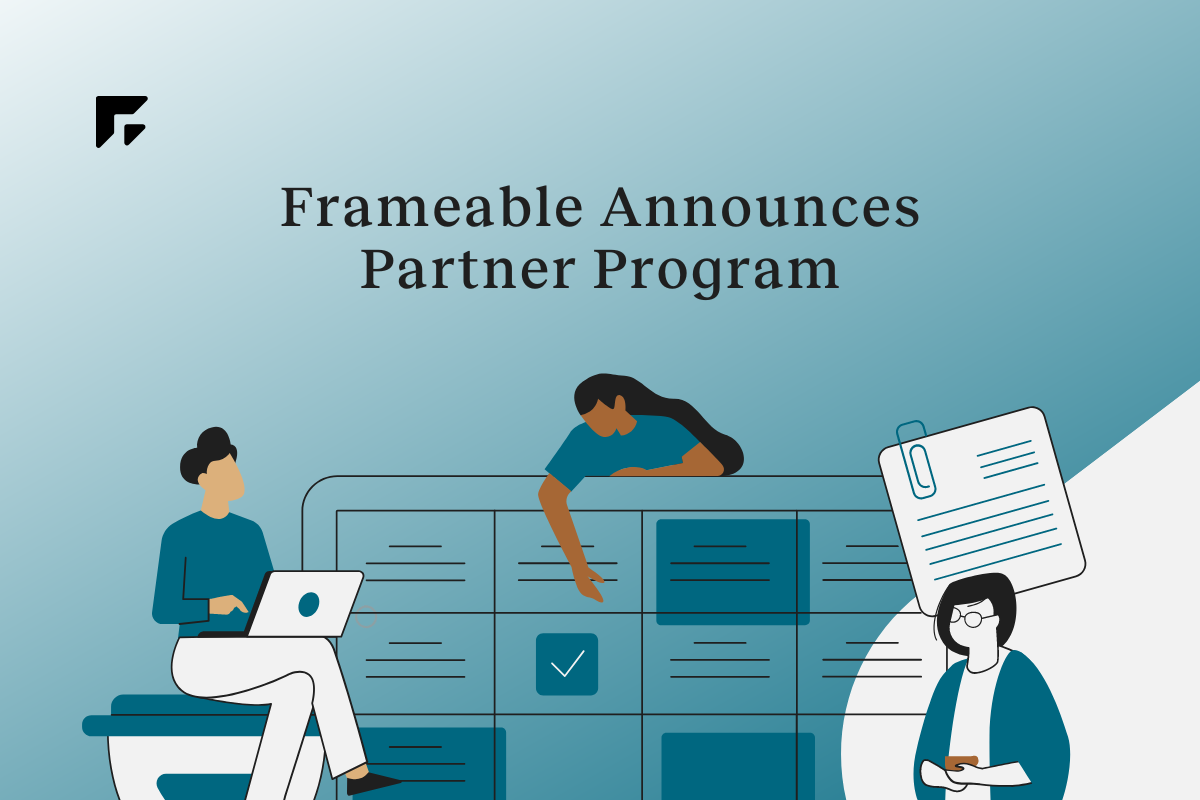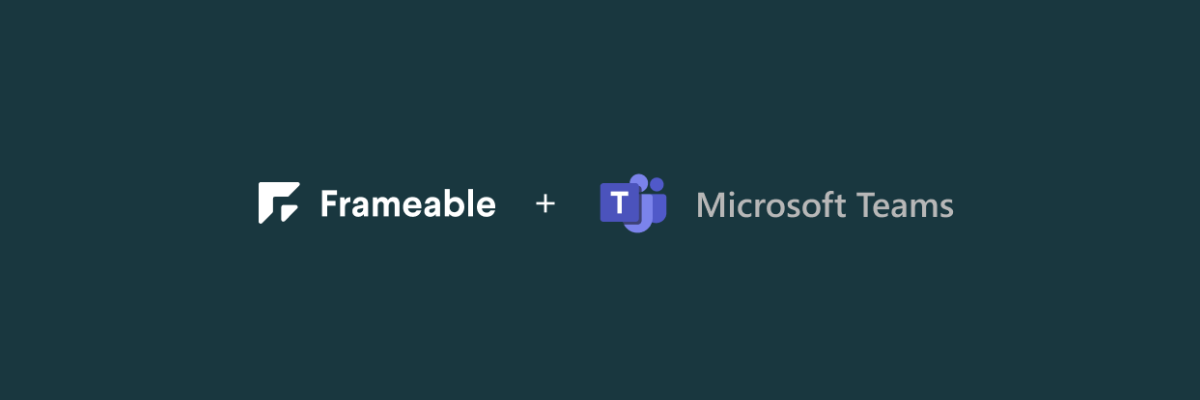After hearing countless horror stories about remote interviews, it’s clear that the worst practices from in-person hiring have transferred online—and they’re destroying the candidate experience.
A long time ago, I applied for a role at a Fortune 500 company where several former colleagues worked. I passed the initial screening and was scheduled to visit the company’s downtown office and meet who would have been my manager and coworkers.
On arrival I had to check-in with security, who clearly were not told I was coming. After 30 minutes trying to contact the company, I was finally allowed into the office—to then be told that my interviewers were no longer available; so, they threw anyone they could at me.
The first person I spoke with had no idea what I was supposed to do, and it was clear he didn’t like his job. Others asked me a generic list of questions. The person who would have been my manager had decided to work from a remote office that day, so I sat in her empty office and had a phone call with her. Good thing I took the whole afternoon off to come into their office, right?
Poor communication, unprepared interviewers, and a clear disregard for my experience made it easy for me to decide to not move forward in the process. The disappointing thing, though, is that these are all simple areas to address with the proper care. And, they should not still be a problem in the age of remote hiring. Yet they are!
If you’re hoping to hire great people, then you need to structure the whole process from the interviewees’ standpoint. Let’s explore what companies are doing that is hurting their hiring process, and what to do instead.
The Current State of Remote Hiring
We’ve been hearing from many industry peers that remote work has led to an even longer, more involved hiring process—and that’s not a good thing for candidates and companies alike!
Let’s look at the current reality:
- A standard job opening will receive 118 applicants on average (250 or more for corporate jobs). Understandably, this applicant volume can overwhelm a hiring team.
- Job seekers who apply to 21-81 jobs have the greatest likelihood of landing an interview. This numbers game means that candidates are likely to become critical of every step of the process for each job opportunity.
- Most entry-level positions involve 2-4 interviews, but executive-level positions often require more than four.
- Recruiters and hiring professionals generally agree that it takes 60 days to fill a non-managerial professional role. But what if you can accelerate that by creating a better process?
How To Improve Your Remote Hiring Process
Instead of creating a more efficient process, too many companies have taken what they were doing wrong in the pre-pandemic world and ported it over to the virtual interview process—so now, people take a half day off to sit on video calls with people asking them the same questions.
In talking to our peers, the following are the most commonly cited criticisms about remote hiring processes, and tips to help you build a better experience.
Improve Candidate Communication
A lack of communication, communications intended for another candidate, and slow response times cause anxiety and frustration for job seekers. To help alleviate these feelings, companies should clearly explain:
- How long candidates should expect to hear back after they apply
- How many steps the interview process may take, with an overview of what each step involves and an estimated timeline for each
- How candidates can ask questions and seek help during the process
Start by reviewing your job listings. In addition to the job description and company background, include a section about what the interview process involves and how quickly you’re looking to fill the role. Be as specific and transparent as possible, detailing exactly what happens at each step of the process and how long it will take—and be sure to fulfill those expectations!
Consider setting up automated responses at every step of the hiring process to let people know when they will hear back from you, and the next steps. Automated — but personalized — messages will greatly improve your hiring experience.
“People often spell my name Andy instead of Andi, which is understandable if you have not seen it spelled,” says Andi Robinson, Hijinx Marketing. “But I had a recruiter call me by a completely different name in an email communication. I also had an interviewer not show up for the interview.”
As you receive questions and feedback from candidates, create an FAQ document with approved messages that your team can use when addressing specific needs and questions. Even better, you should share that FAQ with candidates to preemptively address their needs.
Trim the Excessively Lengthy and Complex Hiring Processes
Interviews are an essential way for candidates and hiring teams to assess each other and decide if it’s a mutual match. The issue, though, is that teams often coordinate too many interviews, which take too much time, and often involve unpaid work projects that the company plans to use (don’t do this!).
“I have been to interviews that have five rounds,” says marketer Amy Higgins. “However, each round requires multiple people and presentations. In all, I’ve interviewed sometimes over three months, meeting with 10+ people individually, completed multiple presentations that are in-depth enough to be event sessions, and still end up waiting for a decision. The higher you are in your career, the longer the process. I’m actually ok with the multiple people—it gives me a better feel for what I can expect working with the company and how their culture is internally. It’s just the time that can be painful.”
In many cases, extending a hiring process over a month or two is enough time for your preferred candidate to find and accept a job elsewhere. This makes it critical to map out your current hiring process to identify where you can streamline things. How long should each step take, and how long does each step currently take? What can you do to optimize each step without sacrificing the candidate’s experience or your ability to assess candidates?
For starters, host fewer interviews and use panel interviews to connect more team members with your candidates. Provide interviewer guides that help them understand how to effectively assess a candidate (we’ll share more on that next).
A Word About Those Unpaid Marketing Interview Projects
Back to those interview projects. I strongly recommend that you compensate interviewers if you assign them homework. Alternatively, you can host real-time tests that can be done in the course of an interview, which also allows your team to immediately assess the output and determine the next steps.
So why shouldn’t you ask candidates to draft a content strategy or do a content audit?
“If you have job applicants create some type of work product as part of the application process, the applicant retains the rights in their work,” says Ruth Carter, Esq., Geek Law Firm. “You don’t own the rights unless they’ve assigned it to you. (If you make all prospective employees assign the rights in what they create as part of the application process, you suck, unless you’re compensating the applicants for their work.)”
The good news for applicants is you can use that project as an example of the caliber of work you do if you don’t get the job.
“Let’s say you don’t have the prospective employee sign over their rights,” says Carter. “The applicant retains copyright ownership of their work, and can copy, distribute, and display it wherever they want. If their work contains IP owned by your company, such as a company logo, they will likely need to change this to a fake company logo to avoid giving the impression that there’s a relationship with the company that doesn’t exist.”
One senior marketer friend went through a month-long interview process, with three rounds of interviews with multiple people in each round, and a final content audit project. They didn’t get the job, yet noticed the company implemented many of their ideas. While this is perfectly legal since there is no legal protection for ideas in the U.S., it’s yet another reason why it’s better to pay even a small fee to candidates creating a work product that your company intends to use.
Prepare All Interviewers
One of the easiest areas to address is also one of the most common issues with hiring processes in general: unprepared interviewers.
Every interview should dig into unique areas to decide if the candidate is the right fit for the role and company. Instead, most interviews rehash the candidate’s work history, reconfirm the role they’re applying for, and explore a script of questions.
Make this experience better by ensuring that every interviewer has read the candidate’s resume, understands the job description for the role, and reviewed the candidate’s LinkedIn profile or portfolio. Your goal is to make the candidate feel valued and gain an understanding of what it is about them that compelled your company to interview them for the role.
“I was interviewing with a hiring manager and the first question she asked was about my book,” said Andi. “It showed that she had done her research on my background.”
Ensure that every team member prioritizes interviews the same way you would treat a client—there should be no reason for an interviewer to be late or miss a scheduled interview. If your team has a virtual office manager, they can remind your team members about an upcoming interview.
In the worst case scenario where an interviewer misses their meeting, then you should immediately call the interviewee to apologize and alert them of the next steps. If someone is waiting to be interviewed but receives no update, then they will understandably become frustrated with the process.
Prioritize The Remote Candidate Experience
The shortcomings of most remote hiring processes are not unique to remote environments, but they cause greater harm to the candidate experience because there isn’t an in-person connection to compensate.
Provide clear and direct communication throughout the entire process, and ensure that everyone involved with the interview understands their role. Prepare interviewers so that they can host a meaningful conversation with the candidate, and consider hosting panel interviews to streamline the process.
If you see an increase in candidate turnover, then you may need to assess if you have too many interview steps or are taking too long to interview your candidates.
After you find the ideal candidate and they’re about to join your team, follow these four tips for welcoming and engaging your new remote team members. To encourage ongoing connection and collaboration in your remote team, learn how Frameable Spaces empowers your team to interact just as you would in the physical office.






















